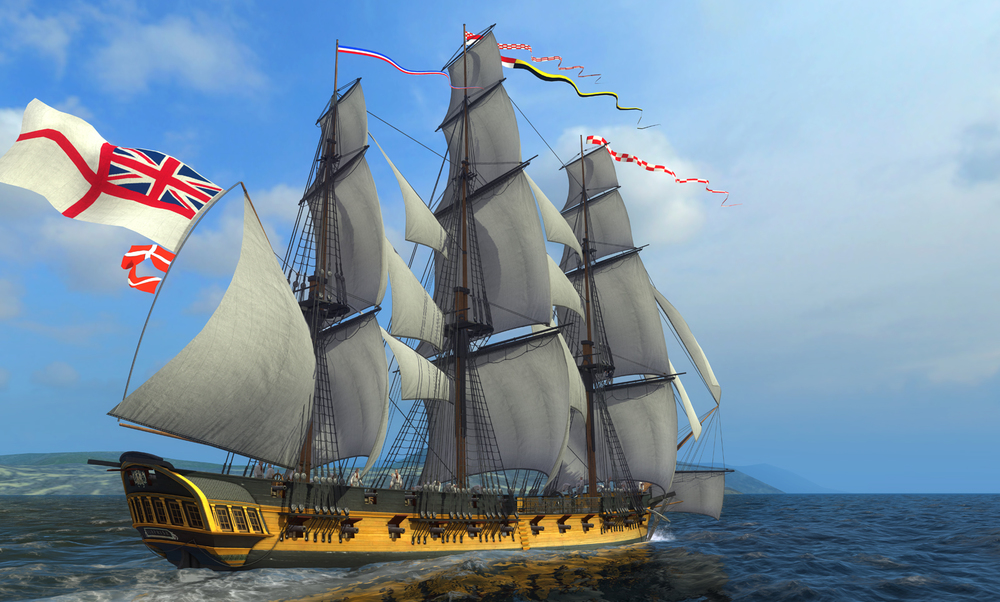

Careful navigators usually take three or more sightings, because the lines do not necessarily meet at a single point. Plotting two such circles for two celestial objects gives two lines, and where they intersect is your location-in theory. Because the circle is so large, it appears as a straight line on a local map. Navigators can plot this circle on the map if they have the relevant charts and know the exact time. For example, at any given moment there are a range of positions from which the sun is at exactly 35 degrees, lying on a circle about 3,000 miles in diameter. Measuring the angle from one heavenly body tells navigators that they are somewhere on a circle on the Earth’s surface, known as the position circle. You then note the angle of the arm that corresponds to the angle of the celestial body from the horizon. Looking at a celestial body through the telescope, you rotate the index mirror until it appears to be on the horizon. Key components of a sextant are a miniature telescope, a half-silvered mirror (through which the telescope looks), and an index mirror on a moving arm. Print Collection Getty Images It may look daunting, but a sextant simply measures the angle between a heavenly body-star, planet, moon, or sun-and the horizon. WWII bombers like the B-17 Flying Fortress had an ‘astrodome,’ a transparent hemisphere that allowed the navigator to take star sightings. Navy became less reliant on the traditional sextant back in WWII with the advent of radio navigation tools, but the heavens have remained an important map for sailors and especially pilots. GPS may have revolutionized the way we navigate, but for years celestial navigation has been undergoing a quiet revolution of its own. Spoofing, hacking, or destroying the stars? Not happening. It can be spoofed with a fake satellite signal, hacked by an adversary, or simply destroyed. GPS is indispensable these days-but it’s still incredibly fragile. Now a high-tech version of this maritime tradition is finding its way back into practice.

But before the creation of this modern navigational marvel, humans looked to the heavens to find their way.įor centuries, using a sextant, a sailor could mark a ship’s location by making a few calculations to determine a star’s position relative to the horizon. Today, GPS directs our world, from supertankers to pizza deliveries. Air Force reached a milestone: Its satellite Global Positioning System became fully operational.


 0 kommentar(er)
0 kommentar(er)
